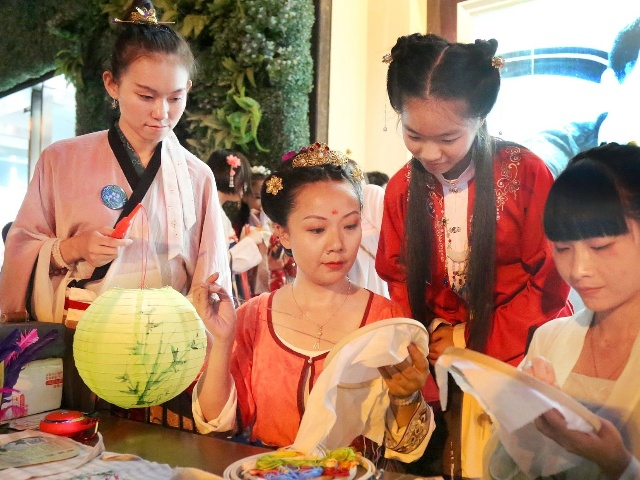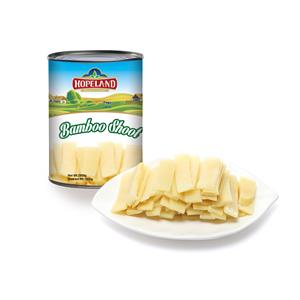Qixi Festival 2025: Celebrate Chinese Valentine's Day
Qixi Festival, known in Chinese as 七夕节 (Qīxījié) and pronounced /chee-sshee-jyeah/, is one of the most romantic and culturally significant festivals in China. Sometimes called the Double Seventh Festival or Chinese Valentine’s Day, this celebration has been observed for over 2,000 years. In 2025, Qixi Festival falls on August 29 (Friday). Although it is not a public holiday, Qixi Festival holds a special place in the hearts of many Chinese people and is increasingly celebrated around the world.

What Does Qixi Mean?
The name “Qixi” is rich with symbolism. In Chinese, qi means “seven(th),” xi means “sunset(s),” and jie means “festival.” Together, they form the “Seventh Sunset Festival.” It is on this evening that a legendary love story comes to life, one that has been told for generations, inspiring poetry, art, and music.
Why Is Qixi Festival Celebrated?
The festival commemorates the love story of a cowherd named Niulang and a heavenly weaver girl named Zhinü. Their tale, woven from folklore and celestial imagery, has endured for centuries.
The Legend of Niulang and Zhinü
Zhinü, the granddaughter of the Queen Mother of Heaven, was a skilled weaver tasked with creating beautiful clouds in the celestial realm. Despite her divine status, she longed for love. Niulang, an orphaned cowherd on Earth, led a humble life, enduring mistreatment from his family. His only friend was an old ox, which was actually a demoted deity.
With the ox’s guidance, Zhinü and Niulang met, fell deeply in love, and secretly married. They lived happily on Earth and had a son and a daughter. But when the Queen Mother discovered their forbidden union, she became furious. She separated the lovers by creating a vast river of stars, known today as the Milky Way. Heartbroken but determined, magpies formed a bridge across the stars once each year, on the seventh day of the seventh lunar month, to reunite them.
This bittersweet reunion symbolizes eternal devotion despite separation. Each Qixi Festival, people honor this story, celebrating love, perseverance, and hope.
How Has Qixi Evolved Over Time?
The Qixi Festival dates back to the Han Dynasty (206 BCE–220 CE). Early celebrations centered on women’s skills and virtues. Young women worshiped Zhinü, not only as a figure of love but also as a patron of weaving and needlework. Craftsmanship and domestic talent were highly valued, and the festival provided a chance to showcase these abilities.
Over the centuries, Qixi blended romance with artistry. During the Tang and Song dynasties, poetry, music, and storytelling flourished, adding cultural richness to the festival. Couples would exchange tokens of affection, while young women prayed for skill, wisdom, and a happy marriage. By the Qing Dynasty, Qixi was widely celebrated as a festival of love, capturing the imagination of scholars and common folk alike.
Traditional Customs of Qixi Festival
Though many customs have faded with time, some are still remembered, especially in rural areas.
Threading Skills: One of the most iconic traditions was needle threading under moonlight. Women challenged themselves to thread multiple needles quickly, demonstrating dexterity and artistry. A woman who could thread seven needles without faltering was considered especially skillful.

Worshipping Zhinü: Offerings of tea, wine, fruits like longans and red dates, hazelnuts, peanuts, and melon seeds were made to honor Zhinü, who is associated with the star Vega. Young women displayed their handiwork, prayed for good fortune, and read poems.
Honoring the Ox: Children decorated oxen with wildflowers, acknowledging the loyal celestial cow that helped Niulang and Zhinü reunite.
Festive Foods: Culinary delights were part of the celebration. “Skill fruit” (巧果, qiǎo guǒ), crispy fried pastries, were popular treats. Melon carving was another highlight, where young women created intricate designs of flowers, birds, and animals. Sweet rice cakes and red bean soups also added to the festive table.
Modern-Day Qixi Celebrations
In today’s fast-paced world, Qixi has evolved into a romantic holiday similar to Valentine’s Day. Urban centers light up with decorations, restaurants offer themed menus, and gift-giving is common. Couples exchange flowers, chocolates, jewelry, and personalized gifts. Romantic outings, scenic walks, and intimate dinners are popular ways to mark the occasion.
Digital culture has also shaped Qixi. Social media platforms buzz with love declarations, photos, and creative content inspired by Niulang and Zhinü. Brands release limited-edition products, and e-commerce sites see a spike in sales during this period.
Differences Between Qixi and Valentine’s Day
While Qixi is often compared to Valentine’s Day, they differ in origin, customs, and cultural meaning:
Cultural Roots: Qixi is based on Chinese mythology and folklore, primarily celebrated in China, Japan (as Tanabata), Korea (Chilseok), and Vietnam. Valentine’s Day has Western roots, linked to Roman traditions and Christian martyrdom.
Dates: Qixi follows the lunar calendar, varying each year, while Valentine’s Day is fixed on February 14.
Themes and Activities: Qixi emphasizes stargazing, praying for love and skill, and cultural crafts. Valentine’s Day focuses on gift exchanges, cards, and romantic gestures.
Regional and Global Influence
Regional variations make Qixi fascinating. Northern China features fried pastries like qiao guo, while southern regions emphasize elaborate offerings and performances. Ethnic minorities add unique rituals, blending Qixi with harvest or fertility themes.
Internationally, the legend has traveled far. Japan’s Tanabata, Korea’s Chilseok, and Vietnam’s Ngâu Festival all share similar stories of lovers separated by celestial rivers. Each culture adds its own flavor, but the core message of love and perseverance resonates universally.
Cultural Significance and Legacy
Qixi Festival reflects values central to Chinese culture: loyalty, craftsmanship, and family. It highlights the importance of skill, creativity, and devotion. The celestial elements also point to ancient astronomical knowledge, tying human experiences to the stars.
The story of Niulang and Zhinü continues to inspire. Poems, operas, novels, and even modern dramas retell their saga, keeping the legend alive. Whether carved on a melon, embroidered on silk, or streamed online, Qixi’s imagery bridges tradition and modernity.
Conclusion
Qixi Festival is a celebration of love’s endurance, artistry, and cultural memory. From threading needles under moonlight to exchanging chocolates, the essence remains: love is worth celebrating, even if it must cross a river of stars. Whether you honor Qixi by gazing at Vega and Altair, offering prayers, or sharing a heartfelt gift, the festival connects the past to the present, reminding us that true love, like the magpie bridge, can span any distance.




